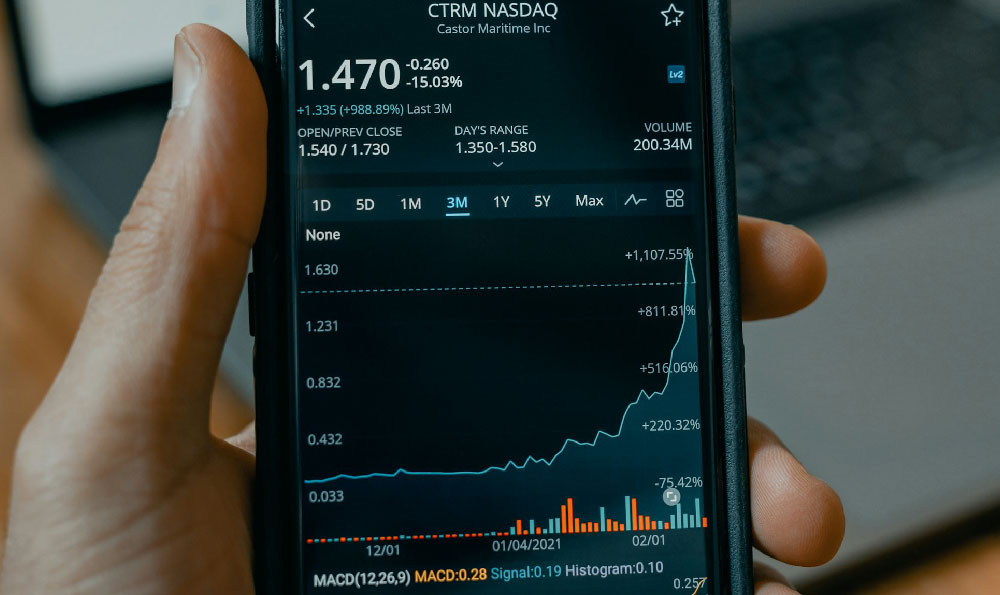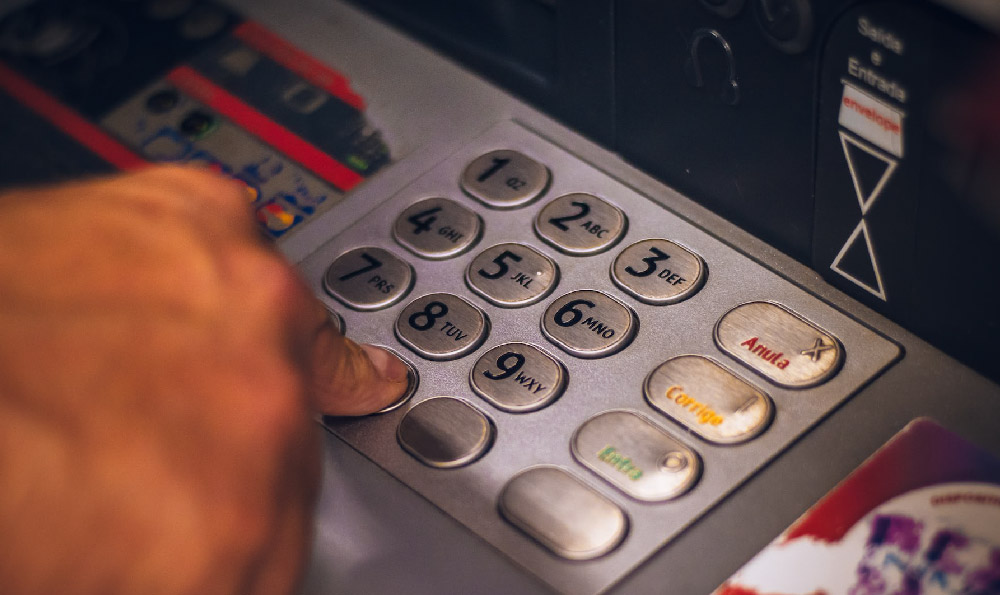Doesn't Keepbit Hold User Funds? What Happens to My Money on Keepbit?

Keepbit operates as a non-custodial cryptocurrency trading platform. This fundamentally distinguishes it from centralized exchanges like Coinbase or Binance, where user funds are directly held and managed by the platform itself. Understanding the implications of this non-custodial nature is crucial for any user of Keepbit.
The core principle of a non-custodial platform is that you, the user, retain complete control over your private keys and, consequently, your digital assets. Keepbit never takes possession of your cryptocurrencies. Instead, it provides a trading interface that directly interacts with decentralized protocols. Think of it as a sophisticated, user-friendly tool that allows you to execute trades and manage your portfolio on the blockchain without ever surrendering your assets to a third party.
So, what exactly happens to your money when you use Keepbit? The answer is nuanced and depends on the specific activities you're engaging in on the platform.

When you connect your wallet to Keepbit, you're essentially granting the platform permission to interact with your wallet to execute specific transactions you authorize. For instance, if you're placing a limit order, the smart contract governing Keepbit's trading functionality will temporarily "escrow" the necessary amount of cryptocurrency directly within the smart contract itself. This escrow ensures that the funds are available when the order is filled. Importantly, these funds are still under your ultimate control, though they are temporarily locked within the smart contract under the terms specified in the smart contract’s code. Keepbit, as a platform, cannot access or move these funds without your explicit instruction via your wallet.
Once the order is filled, the smart contract automatically executes the trade, transferring the agreed-upon amount of cryptocurrency to the seller and the corresponding asset to the buyer, all according to the predetermined terms of the limit order. If the order expires or is canceled, the escrowed funds are automatically released back to your wallet, again governed entirely by the smart contract’s logic.
When you provide liquidity to a pool using Keepbit’s interface, your cryptocurrency is deposited into that specific liquidity pool's smart contract. This is not a transfer of ownership to Keepbit; rather, it's a contribution to the shared liquidity of the pool. In return for providing liquidity, you earn a portion of the trading fees generated by that pool, proportional to your contribution to the pool's overall liquidity. Again, the smart contract dictates the rules: how fees are calculated, how liquidity is added and removed, and how your share of the rewards is distributed. Your interaction is directly with the smart contract, not with Keepbit.
A key benefit of this non-custodial model is enhanced security. Because Keepbit never holds your funds, it eliminates the risk of a centralized exchange hack or insolvency leading to the loss of your assets. The responsibility for safeguarding your cryptocurrencies rests solely with you. You are responsible for keeping your private keys secure, usually through a hardware wallet or a reputable software wallet.
However, this enhanced security comes with its own set of responsibilities. Users must be extremely vigilant about their security practices. Losing your private keys means losing access to your funds, with no recourse available through Keepbit or any other party. You also need to be acutely aware of the potential risks associated with interacting with smart contracts. While smart contracts are designed to be secure and transparent, they are still susceptible to bugs or vulnerabilities. Auditing processes help minimize these risks, but users should always proceed with caution and do their own research before interacting with any new smart contract.
Another important aspect to consider is the concept of "impermanent loss" when providing liquidity to decentralized exchanges. Impermanent loss occurs when the price of the assets in a liquidity pool diverge from each other. This divergence can lead to a decrease in the value of your liquidity provider tokens compared to simply holding the assets separately. Understanding and managing impermanent loss is crucial for anyone considering providing liquidity on Keepbit or any other decentralized exchange.
The non-custodial nature of Keepbit also offers greater transparency. All transactions are recorded on the blockchain, allowing anyone to verify the flow of funds and the execution of trades. This transparency is a stark contrast to the opaque operations of some centralized exchanges. You can independently verify the operations and solvency of the underlying DeFi protocols on which Keepbit relies.
In conclusion, Keepbit does not hold user funds. Your cryptocurrencies remain securely stored in your own wallet, and all transactions are executed directly through smart contracts on the blockchain. This non-custodial approach offers significant advantages in terms of security and transparency, but it also places a greater responsibility on the user to manage their own security and understand the risks associated with interacting with decentralized protocols. While Keepbit provides a convenient interface for accessing DeFi protocols, it's crucial to remember that you are ultimately interacting with complex smart contracts, and a thorough understanding of these protocols is essential for responsible and successful participation.















